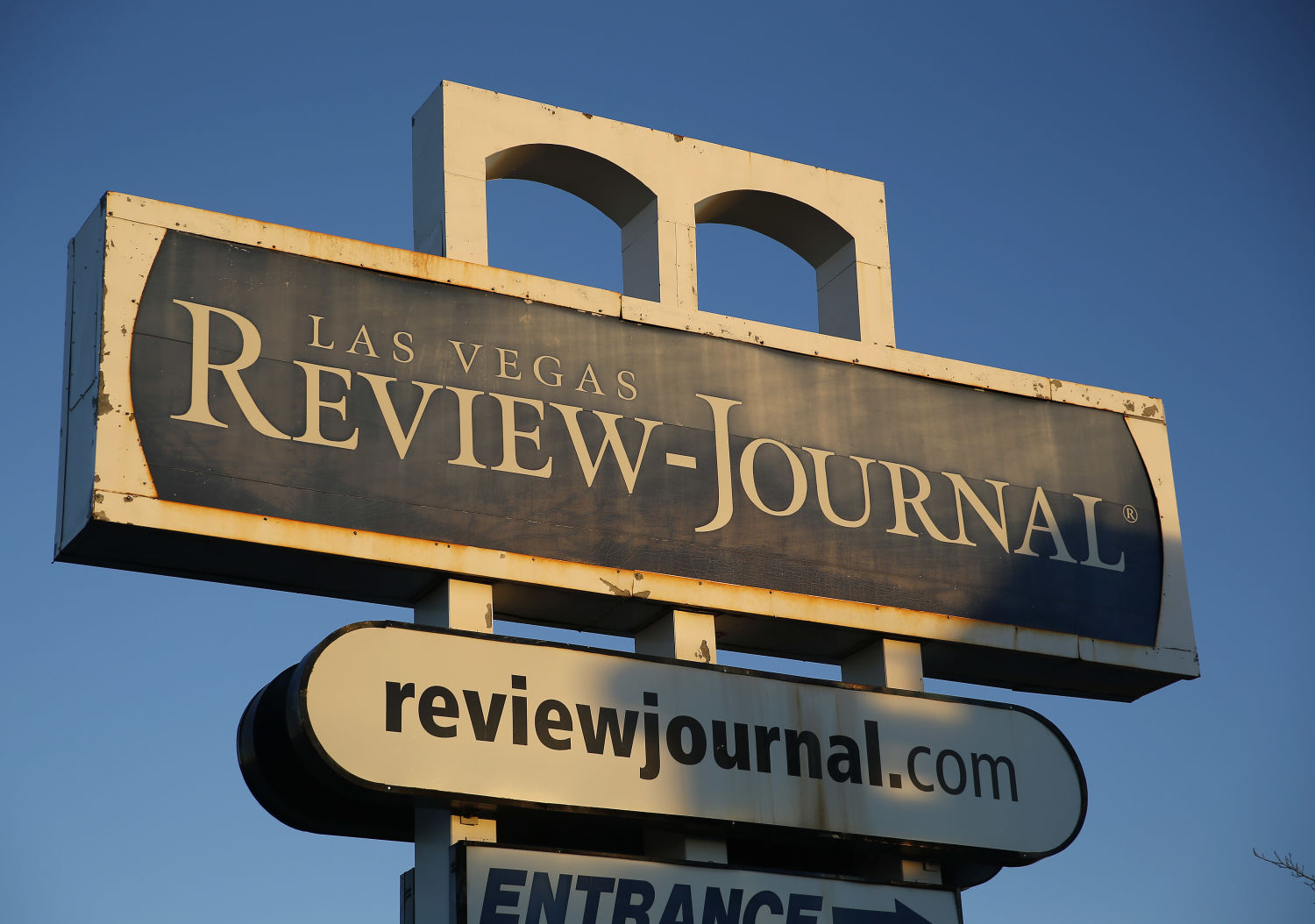A wise person (not me) once said that in predictions of media change it is relatively easy to get the direction right but lots harder to forecast timing and magnitude.
Take, for example, my effort in this space a year ago. I thought 2015 might be the year legacy print media broke through with video that had wide audience appeal and generated an advertising windfall. Instead we got more experimentation, some growth but once again not enough to impact revenues and earnings. By the end of the year, the New York Times, a bellwether in the space, was switching out the leadership and much of the staff of its video production unit.
Only a little chastened, let me suggest three big media business trends that bubbled throughout 2015, continued to make news during the holiday break and will be with us through the next year.
The digital ad system is having an existential crisis. Programmatic buying and huge inventory keep generic rate lows. Ad blocking is on the rise, and a counter-strategy is far from obvious. And after two years of pondering, the Federal Trade Commission released policy guidelines hinting at a coming crackdown on deceptively labeled native advertising.
Ad blocking technology is not new but its use picked up momentum as the big tech companies, Apple’s iOS 9 operating system especially, made blockers easier to activate. The promise was not only escape from annoying ads and clutter but also much quicker loading times,
At first publishers and digital ad interests seemed in a fighting-back mood. But on further reflection that gave way to mea culpas. The industry had tolerated a set of bad practices in pursuit of monetization and needed to shoulder a good share of the blame.
That mood continued into December. In Europe, where rates of ad blocking approach to 40 to 45 percent, three times the U.S. rate, publishers declared a crisis. Ad blocking software, a working group of the WAN-IFRA newspaper association declared,” is severely jeopardizing the digital advertising ecosystem.”
Even so, demands for better user experience are reasonable and need to be addressed head on, the group wrote in a paper December 11:
The first 20 years of online advertising helped fuel the growth of the Internet, but have often been marked by a deterioration of the audience experience.
Publishers, who are paying journalists, artists and other creators to produce content, were understandably intent upon maximizing revenue from the content that they provided to readers and viewers online for free. But as a result, many digital platforms have permitted advertising of increased volume and interruption.
In parallel, a panoply of advertising technology companies were increasingly looking to harvest audience data, which benefited the publisher little and increased the risk of alienated audience members.
And so, as more intrusive ads competed for attention, the following pattern evolved on desktop: Every user will be interrupted more. Every advertisement will be worth less. Personal data will be misused more often.
Six days later, a Newspaper Association of America webinar on ad blocking sounded many of the same notes. A ‘thermonuclear option,” that is blocking all content to ad blocking users is not wise, one participant said.
Said another, “we’re going to live with this the rest of our lives, so to speak.”
There exist some interim strategies to mitigate the damage by recovering blocked inventory or integrating ad watching into metering for paywalled sites, But the consensus of the NAA working group was that the industry needs to take ownership of the question of “what ads work and which are annoying to customers.”
If native ads are embraced as an alternative offering more user choice, entertaining and useful stories and higher placement pricing, the FTC dashed some cold water on that route in a new policy paper released just before Christmas.
As foreshadowed at a hearing in late 2013, the FTC thinks the digital equivalent of advertorials have a high potential to be deceptive. In particular, the commission wrote that labeling, like “sponsored posts” or “recommended for you” is inadequate disclosure — only a clear declaration that this is advertising will do.
It remains to be seen whether the stern words will be followed by vigorous enforcement action. To date the FTC has hoped publishers and advertisers will move to self correct before it comes to that.
Worth noting — these developments are a jumbo bump in the road to legacy media redefining their business models. But the challenge applies equally to ad-dependent free content startups or up-the-curve transformed sites like Forbes, which announced near the year’s end that it would not serve content to some users who had enabled ad blockers.
Ideally, these developments could help restore a balance between ad and content revenues and reward publishers of quality in both domains. But I’m not holding my breath for all that to happen quickly in 2016.
Ownership turmoil continues. The big newspaper story of the last month has been the Sheldon Adelson family’s stealth purchase of the Las Vegas Review-Journal at a huge premium price of $140 million.
The notion that Adelson will use the paper to advance his business and political agenda is more hypothesis than fact to date. But the New York Times and others who love a tale of juicy possibilities for corrupted journalism in Sin City will be watching intently, The heat is on to prove otherwise for team Adelson and executives of GateHouse Media group, which continues under contract to manage the Review Journal after the sale
Like the local vs. corporate tussle for control of the Los Angeles Times last fall, the Las Vegas events underscore how little say journalists and interested citizens have in who is running the show at their local paper and how. Ownership continues to move to Wall Street consolidator/cost cutters and billionaires, whose intentions may or may not be benevolent.
With many well-funded buyers and financially pressured sellers, I look for more of these helpless-feeling scenarios to play out in the new year.
Are the platform companies, more than ever, king? A runner up for 2015 trend of the year was the movement of the tech giants — Facebook with its Instant Articles especially — into publishing directly within their systems.
That’s not to say the Apples and Googles have yet crossed the bridge to building big news operations of their own or buying them But publishers have been reluctantly playing along, figuring the exposure to a wider millennial and mobile-tilting audience is enough of a benefit to flirt with loss of a share of ad dollars and control of customer data.
Best case these arrangements buy time until more organizations with journalistic heft get their business-model house in order and can exert greater leverage in deals with the traffic brokers. But not yet, probably not in 2016.
There are some countervailing positives — outfits like Vox or The Atlantic that have wedded innovatively organized journalism with a re-built commercial base, an explosion of comparative inexpensive tools for high impact digital storytelling, the continued growth of the local not-for-profit news sector.
At the end of 2016, I would love to be able at least to tally up whether the most important kinds of journalism are on the the rise or wane. With so many moving parts, however, I’m not sure how that could be done.







